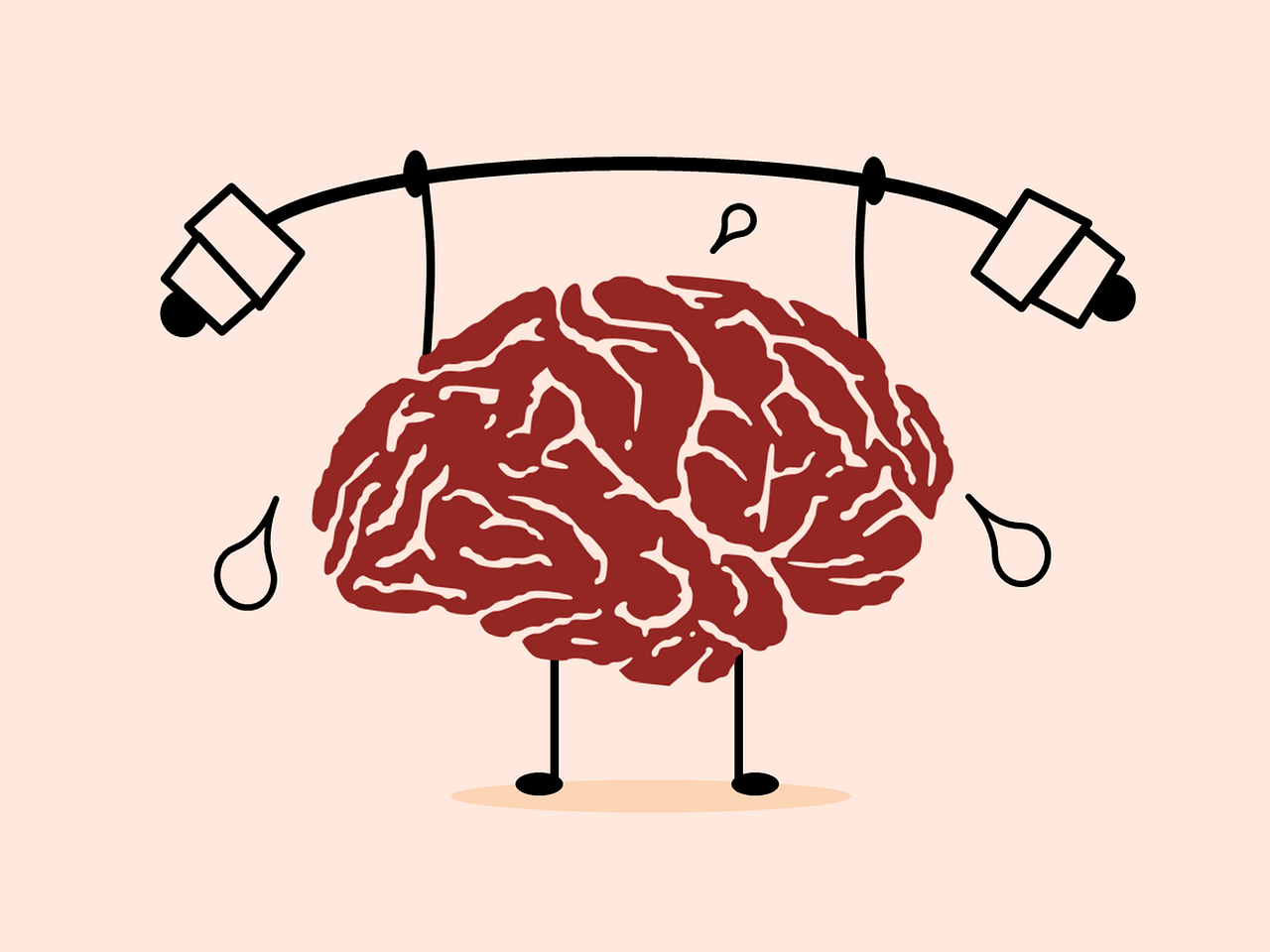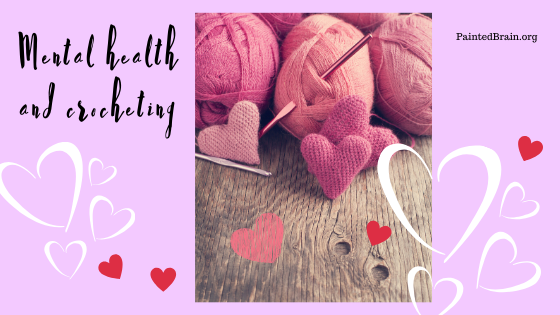Studies have found that the less we use our brains, the more our brain can experience atrophy, loss of mass, and agility. The more we use it to process challenging information, be creative, make complex decisions and to learn new and exciting things the greater chance we have of developing sharp, strong and healthy brains.
Western Sydney University’s research team found that mental exercises improve mental acuity.
 They also found that mental exercises increase blood flow to the brain and in turn, this delivers more oxygen and essential nutrients that help a brain detox, repair and function better.
They also found that mental exercises increase blood flow to the brain and in turn, this delivers more oxygen and essential nutrients that help a brain detox, repair and function better.
The Department of Psychology researcher team in New Zealand’s University of Otago found that creative activities such as crocheting and knitting, among other creative activities, has the ability to cultivate positive psychological functioning benefits.
 Crocheting is a complex process of making items such as garments or fabrics by interlocking yarn with a hook. Crocheting or knitting is not only for older people.
Crocheting is a complex process of making items such as garments or fabrics by interlocking yarn with a hook. Crocheting or knitting is not only for older people.
The study also found younger adults can benefit from creative activities. Everyone can benefit from learning how to do this.
A sharp, strong and healthy brain is one that is able to tackle challenging and sometimes even strenuous tasks that require the brain to use multiple regions of the brain to work together. Hand movement, eye contact, attention, and pattern recognition are a few things involved when crocheting.
Not only does crocheting force the brain to connect and work with different areas of the left and right side of the brain, but it also forces communication between both hemispheres. Exercises that make both sides of the brain’s hemispheres communicate increases the thickness of the brain’s corpus callosum, the brain tissue involved in connecting communication signals between both left and right hemispheres.
 Crocheting also has calming effects. Holding onto soft material close to oneself creates a sense of ease and safety. Sensory nerves that help orientate hands to feel materials and textures as we knit also give us a soothing sensation. The repetitive knitting process creates a therapeutic feeling when our brain releases feel-good hormones. This, in turn, gives people a sense of wellbeing both emotionally and cognitively.
Crocheting also has calming effects. Holding onto soft material close to oneself creates a sense of ease and safety. Sensory nerves that help orientate hands to feel materials and textures as we knit also give us a soothing sensation. The repetitive knitting process creates a therapeutic feeling when our brain releases feel-good hormones. This, in turn, gives people a sense of wellbeing both emotionally and cognitively.

Without challenging our brain to use different areas to communicate in unison and properly execute actions can create chemical atrophy that can cause the brain to function partly fragmented. Mental illnesses such as dissociative disorder, bipolar disorder, and others sometimes are linked due to this. Mental activities force the brain to build pathway connections among the multiple regions of the brain.
Creating wonderful pieces with crocheting not only makes us feel better but also can physically, spiritually and psychologically improve our health.
References:
NICM, Western Sydney University. “Exercise increases brain size, new research finds.” ScienceDaily. ScienceDaily, 13 November 2017. <www.sciencedaily.com/releases/2017/11/171113195024.htm>.
University of Otago. “Creative activities promote day-to-day wellbeing.” ScienceDaily. ScienceDaily, 23 November 2016. <www.sciencedaily.com/releases/2016/11/161123183914.htm>.
National University of Singapore. “Good nutrition, physical training and mental exercises can reverse physical frailty in older people.” ScienceDaily. ScienceDaily, 19 June 2017. <www.sciencedaily.com/releases/2017/06/170619092518.htm>.

